Guest blog by Tomas Axén Haraldsson
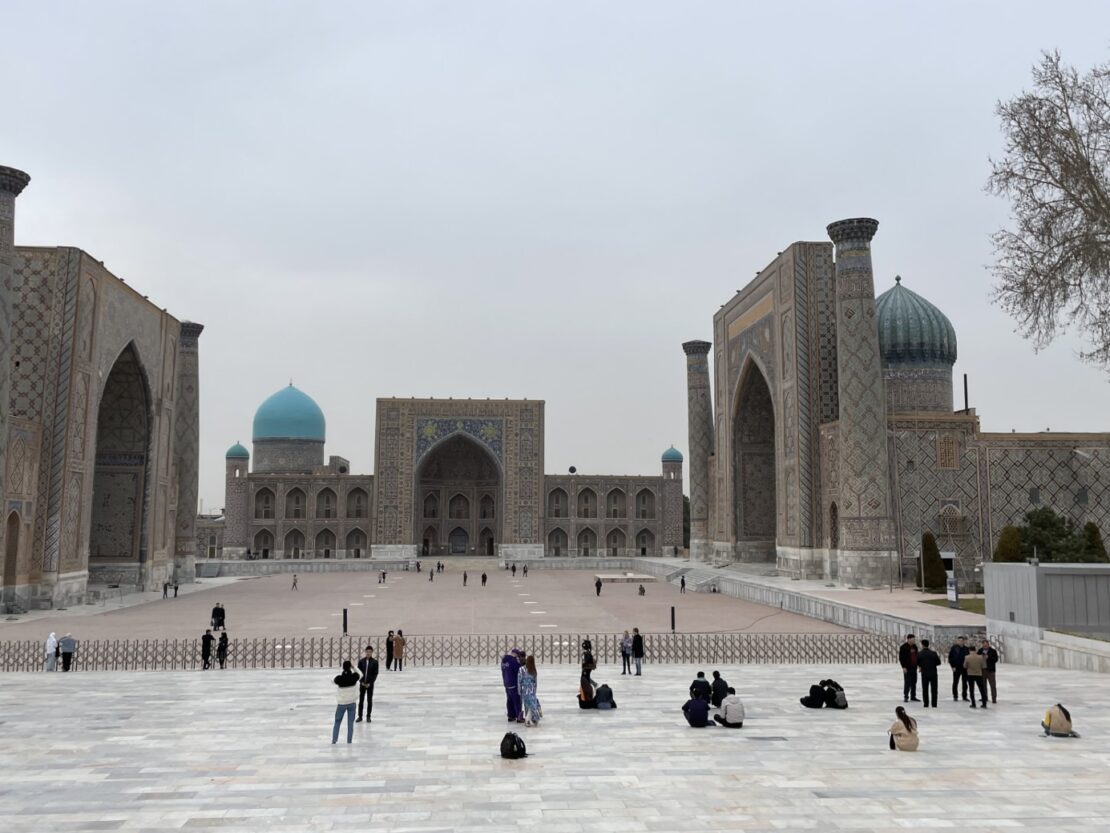
The UN convention CMS refers to the Convention of Conservation of Migratory Species. Every fourth year, delegations from the signatory member states to the convention, plus many organisations, charities, donors, and stakeholders gather for a “Conference of the Parties”, a COP. Given our contemporary times with many challenges both to birds and other wildlife that migrates, as well as to the international and cross-border collaboration needed to protect them, anticipation was high for this the 14th CMS COP. And OSME was present.
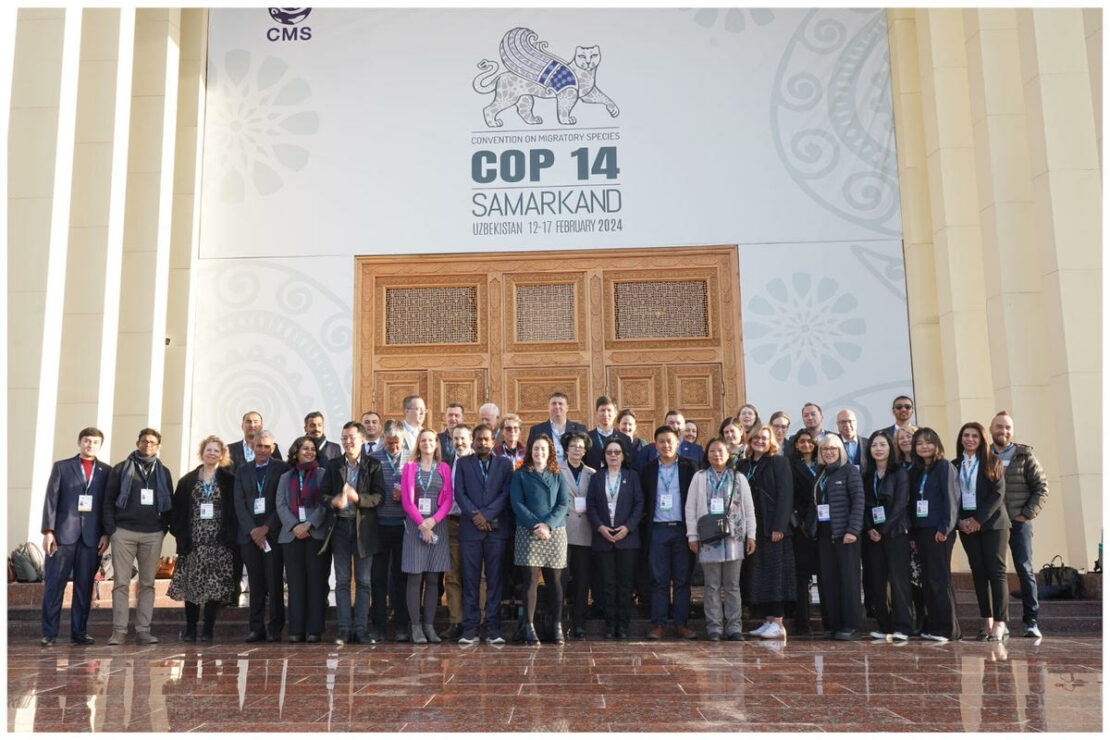
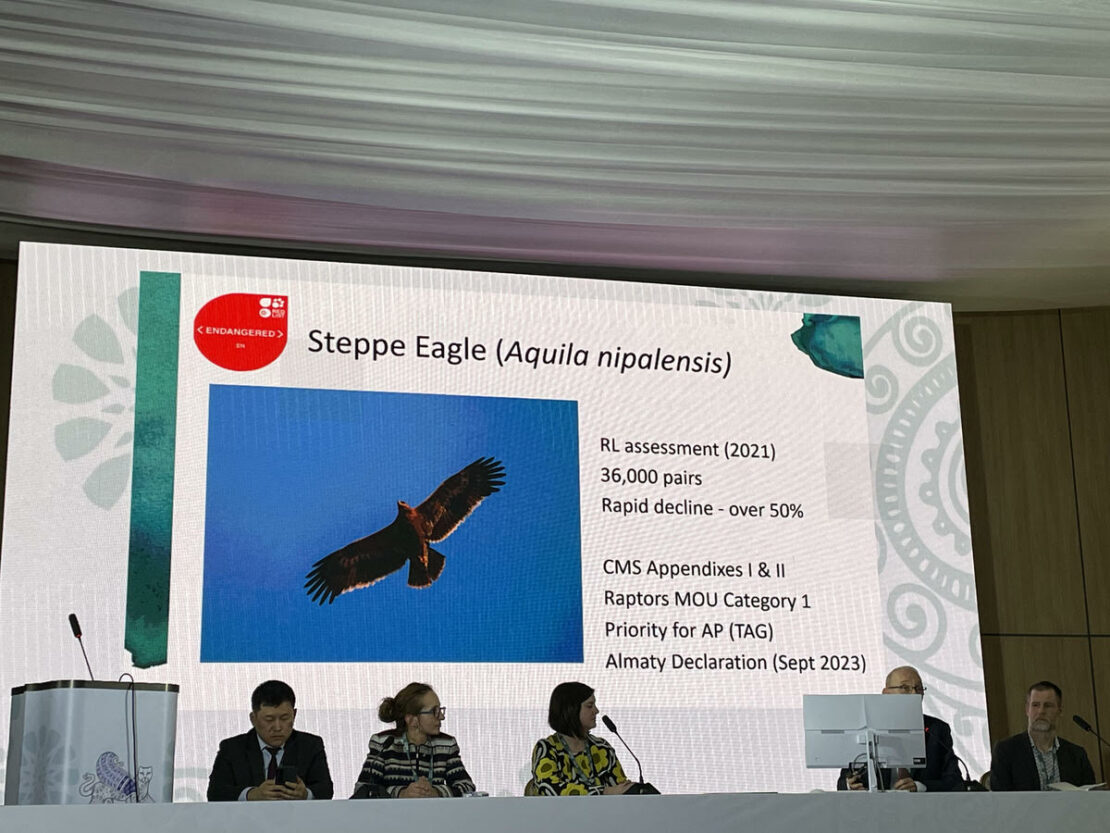
The chosen place for the conference, Samarkand, was symbolic, and the government of Uzbekistan was proud to be hosting such a large and crucial event. People, goods, birds and animals have migrated through this region for millennia, and in terms of cooperation the world needs “all hands on deck”, in particular countries slowly coming out of political isolation. It takes some capacity and coordination to be able to host a week-long arrangement with 1000+ participants and multiple agendas ongoing simultaneously. Aside from some confusion around event catering and technical issues it generally seems to have gone well. The location in the heart of Central Asia, with proximity to many OSME-region countries and projects, meant there were lots of people with relevance for OSME to meet up with. This was one of the key motivations for us being present, as well as talking with potential donors of which there were several, we hope to report successfully on this later on.
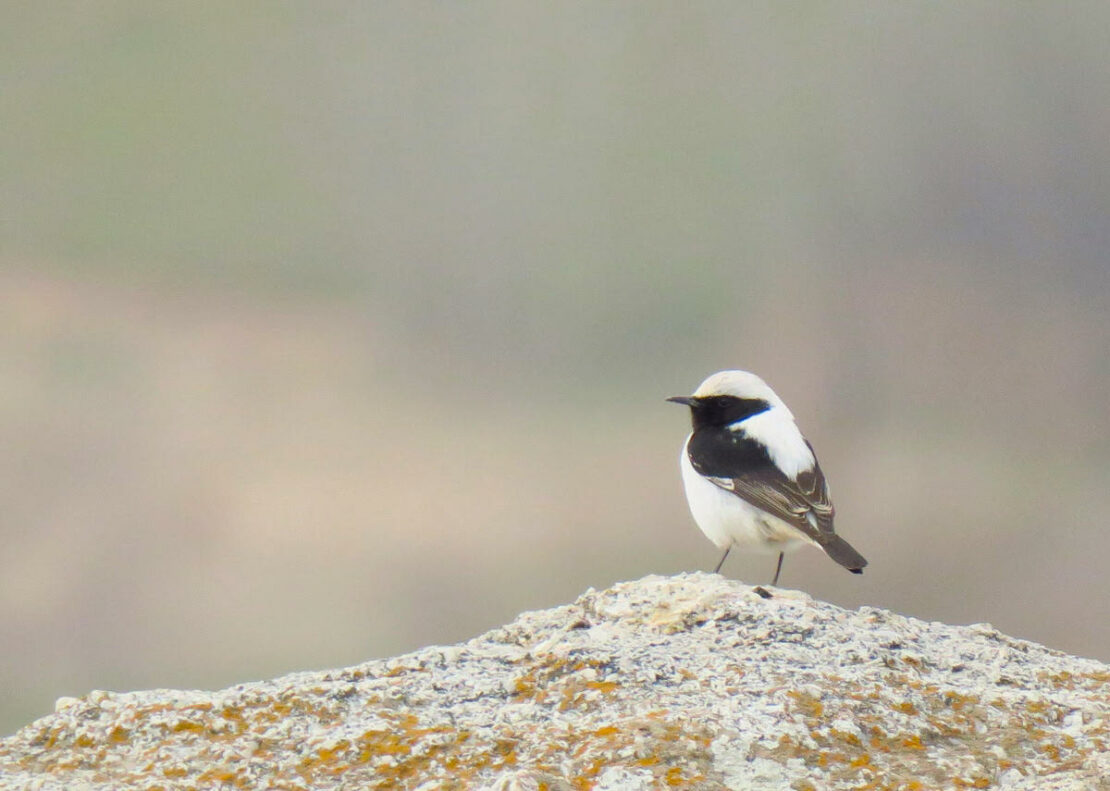
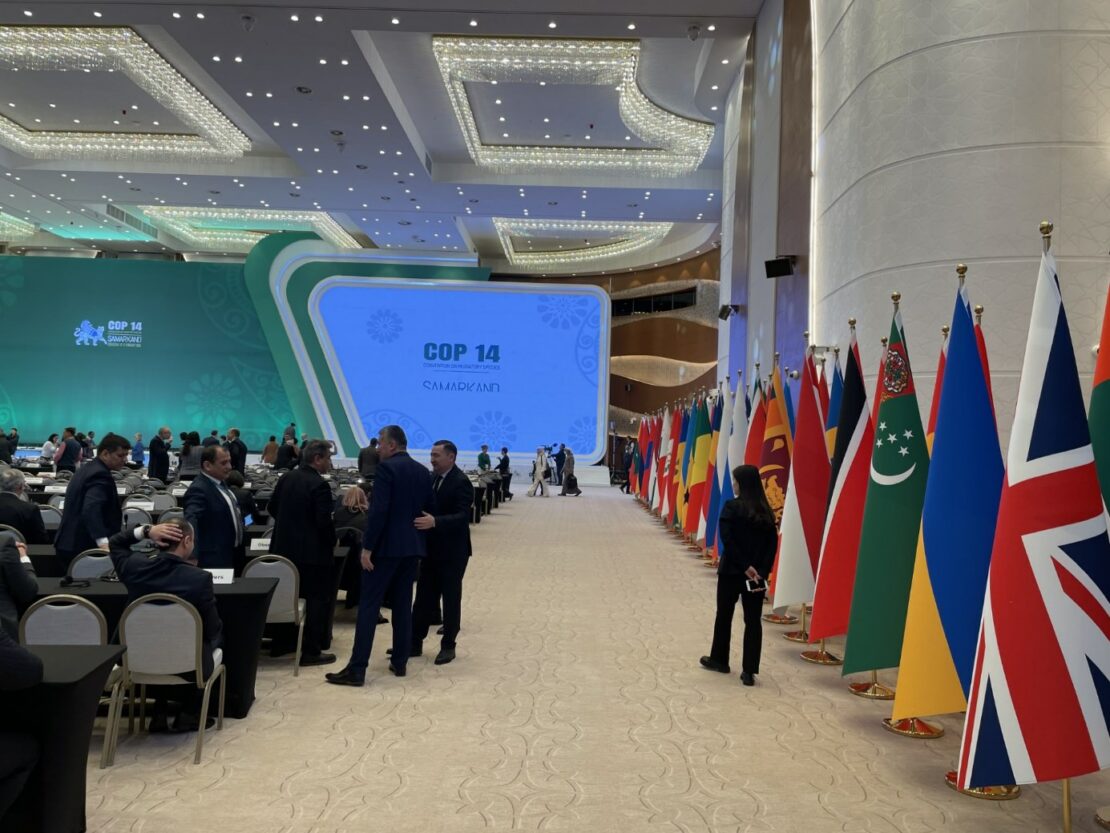
There is something beautiful about delegations and people from so many countries meeting, discussing and trying to agree on how to do it. It might seem quite an impossible and hopelessly huge task. But all are welcome, all needed, we are in this together. As the chosen slogan for CMS COP 14 goes, #natureknowsnoborders, and collaboration is critical. However it takes a trained and patient eye and ear to sift through the”UN language” and formal expressions, to pick out the words and statements of real meaning. Nevertheless, it was fascinating to see all formalities and process around the key agreements. And now in the aftermath, listening to conservation policy makers they seem to have to got their key agenda points accepted and adopted into resolution. A new Central Asian Flyway was launched and under stewardship of the Indian government. Renewed commitment and reinforcement regarding illegal bird killing and illegal trade. Lots of focus on the risks for large flying birds colliding with power lines and wind turbines in the ever expanding sustainable energy infrastructure.
Nearly half (44%) of the wildlife species listed with CMS are populations in decline, and more than 22% are threatened with extinction, and the overall extinction risk is growing rapidly. The reasons? You will have heard them before: overexploitation, habitat loss, fragmentation, barriers to migratory movement, pollution, climate change, and invasive species. As the Uzbek Prime Minister, Abdulla Aripov, and the Director of UNEP, Inger Andersen, both stated in their opening speeches, we really need to transcend political and national boundaries and act as a more unified, conscious world. To remove the obstacles for international conservation financial support, something that several OSME region countries struggle with (Iran, Syria, to name two critical and very biodiverse countries).
Another of my main takeaways from the conference is how incredibly valuable, heart-warming, and important it is to sometimes meet people in the flesh. For OSME to meet up with our funding recipients, project partners and donors. In our times of remote relations, Zoom meetings, endless emailing and an awareness of the need to fly less, these physical occasions become even more critical. As social creatures we need this, to build trust, look each other in the eyes, find mutual aims and ambitions. Help to overcome tough times. Those handshakes and hugs will stay with me for some time.
And of course, we managed to get out on some birding as well! The last day I joined an excursion up in the mountains south of Samarkand, to the village of Aman-Kutan, the pass of Tahtakaraca, and the outskirts of Shakrisabz. With four species of vultures including Himalayan and several Bearded Vultures, a handful Golden Eagles, Steppe Eagle, Saker, 40+ Black-throated Thrushes, Azure Tit (ssp. flavipectus), Turkestan Tit, pairs of Eastern Rock Nuthatch and Finschs Wheatear, and White-winged Woodpeckers, it has got to count as a decent day in mid-February.

I leave Samarkand with a sense of achievement, proud of the work OSME and our many partners are doing, the praise we get, and carefully optimistic on the time to come. Big thanks to our members and donors who make this possible, your contribution is really making a difference on the ground in many places in our region.
Tomas Axén Haraldsson
OSME Youth Development Officer
